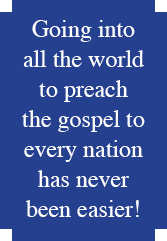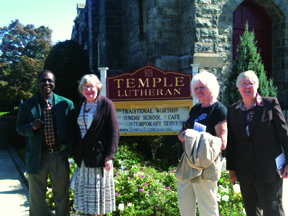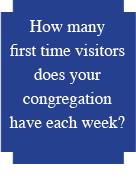 Where do you start?
Where do you start?
In previous posts we’ve advised every congregation to start a Social Media Ministry committee. So what’s next? In the next series of posts, we’ll explore the very first steps to getting started.
The world of social media is changing very quickly. This can be intimidating. We recommend that your committee members become familiar with a couple of web sites that will give you tons of ideas, help, and most of all encouragement.
2×2 will provide helpful tips periodically so don’t overlook us! Meanwhile, here are two expert sources that have demonstrated integrity and reliability.
socialmediaexaminer.com
This web site reaches out of your computer screen and leads you by the hand. It provides a steady stream of information and directs you to sites and experts that are tested and reliable. Your committee members can subscribe to the daily e-newsletter for FREE. In addition, the SocialMediaExaminer offers regular month-long webinars on various topics that are worth the price of admission. (No travel — all web-based.) These are held roughly quarterly and characteristically consist of 17 sixty-minute webinars and tons of additional archived resources. The cost varies — about $300 for first-time early registration and less as you become an alum. Each series of webinars has a community forum which remains active long after the webinars end, so you have a place to ask questions and find help.
hubspot.com
Hubspot sells analytical software and hosting. They are dedicated to helping organizations grow through their web presence in ways they can measure. While using their software would be helpful to any church’s evangelism goals, it is pricy (but worth it) to get started. While you consider this value, you can subscribe to their site and immerse yourself in their tons and tons of great content about how to use social media — all of which is FREE.
There is an overflowing fountain of resources available on the web. We recommend these two to start. Both websites link generously to other experts in the social media field. They will help you search for what will work for you.
Our next post will be about blogging.










